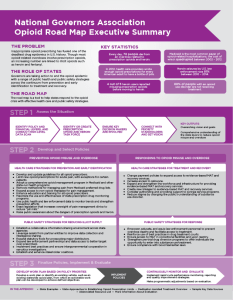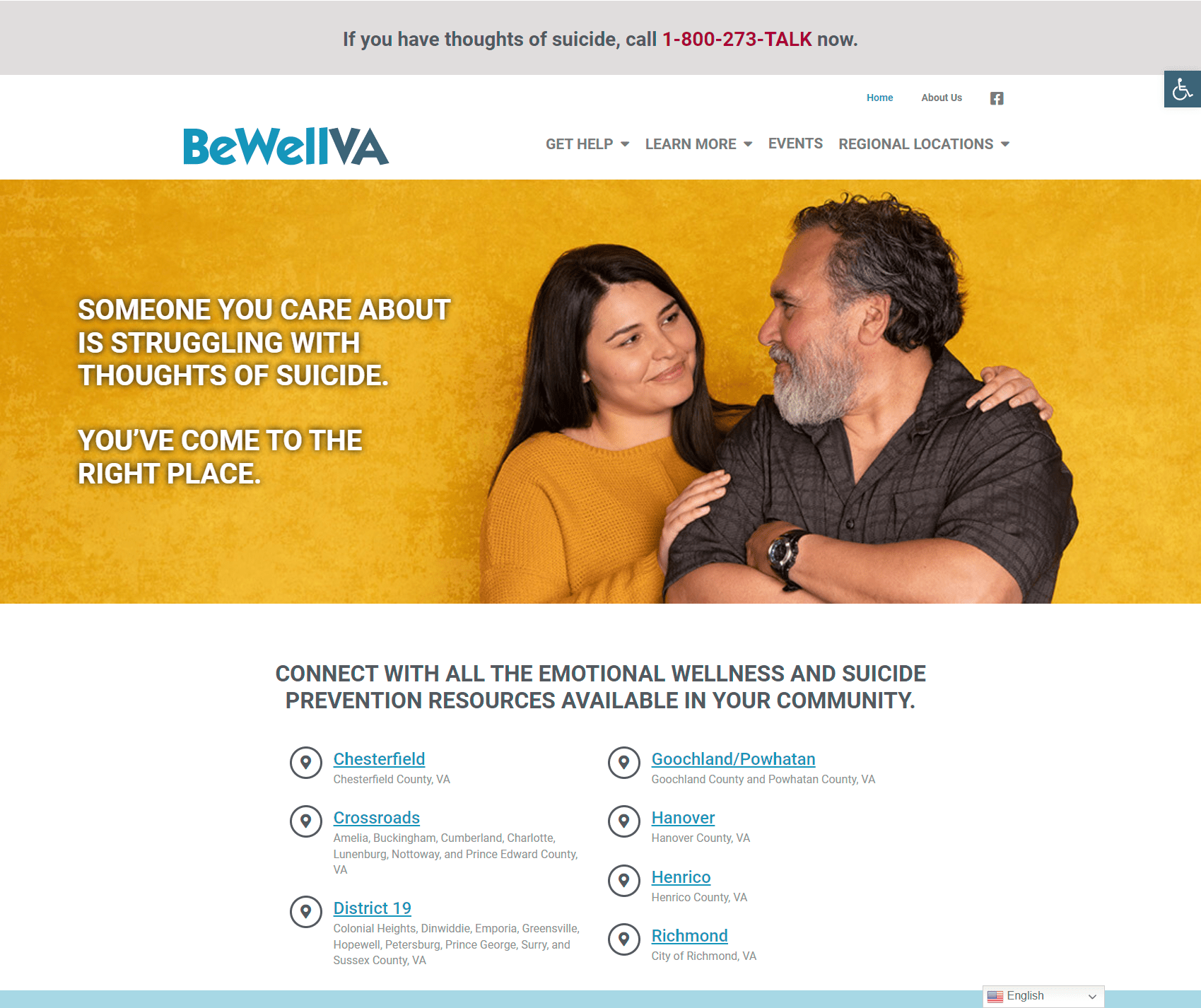
Did you know that, for the past few years, the DOJ has been considering whether or not to request an amendment to Title III of the Americans with Disability Act (ADA) that would define the Internet as a public space?
If enacted, this means that websites could be required to be accessible to sight and hearing-impaired persons.
While this issue has been postponed and is not expected to be placed in the forefront of the DOJ’s agenda this year, even if the DOJ delays or does not pursue website accessibility under the ADA, there is currently nothing to stop disabled citizens and organizations representing them, from filing ADA lawsuits against any company or any website. There have, in fact, been lawsuits filed against both government and commercial websites in regard to accessibility to people with disabilities over the years.
Standards & Requirements: 508, WCAG 2.0, and the upcoming 508 “Refresh”Standards and requirements for accessibility are specified in Section 508 of the Rehabilitation Act of 1973 (Section 508) and/or the World Wide Web Consortium’s Web Content Accessibility Guidelines (WCAG) 2.0.
Section 508 requires government agencies to provide people with disabilities equal access to all electronic information. In 2017, the United States Access Board issued a “refresh” to Section 508 and the guidelines for compliance were updated and increased. This “refresh” applies additional and stronger WCAG 2.0 standards for websites and other electronic content.
The World Wide Web Consortium’s Web Accessibility Initiative (WAI) developed WCAG to make the web accessible for people with disabilities. WCAG 2.0 is the current referenceable technical standard3 for accessible web content. There are 3 levels of criteria (A, AA, and AAA) through which web content can be tested under WCAG 2.0.
ADA Lawsuits
There have been numerous lawsuits brought by individuals, often in conjunction with the National Federation for the Blind (NFB), against government agencies. Currently, Section 508 Accessibility requirements apply to government agencies and businesses that receive funding from or contract with the federal government. However, even though the DOJ has not officially established legal accessibility requirements for public websites under the ADA, there have been ADA lawsuits and threats of lawsuits against businesses alleging their websites were not accessible to people with disabilities. Notable website accessibility lawsuits against businesses:
- Feb 2006, National Federation of the Blind v. Target. The National Federation of the Blind (NFB), sued Target Corporation claiming that blind people were unable to access much of the information on Target’s website and were unable to purchase anything from its website independently. Target settled the lawsuit in 2008 for $6,000,000 and agreed to ongoing monitoring of its website for accessibility compliance.
- In 2010 Charles Schwab was targeted by a visually impaired customer. While no lawsuit was filed, Schwab entered into an agreement to update their website in accordance with WCAG 2.0 AA Standards to ensure that it was accessible to disabled people.
- April 2013, National Federation of the Blind v. H&R Block. The National Federation of the Blind filed suit against H&R Block on behalf of two blind individuals alleging that the company’s online tax services and web sites were not accessible to blind people. In 2014, H&R Block was ordered to pay $45,000 to each of the two defendants and a $55,000 civil penalty to the US Department of Justice – Civil Rights Division. H&R Block was also ordered to comply with WCAG 2.0 Level A and AA for its company website www.hrblock.com.
- July 2016, Gil v. Winn-Dixie Stores, Inc. A federal judge ruled that the lack of accessibility of Winn-Dixie’s website violated a blind man’s rights under the Americans with Disabilities Act. Under the injunction, in addition to paying the plaintiff’s attorneys fees, Winn-Dixie will have to come into compliance on its website and provide web accessibility training to its employees who work on its website. They will also have to ensure that third-party vendors, such as Google and American Express, that interface with its website also offer accessible website.7What does this mean for businesses and website owners? Most websites are not designed to be accessible for visually impaired or deaf people. For a website to be accessible to disabled people, the website must be coded and designed in a special way. Significant additional work is required to make a website accessible, and the coding and design to make the website accessible are often overlooked, neglected, or, in the case of inexperienced web designers and developers, simply not known or understood. The additional steps needed to make a website compliant take more time to complete and cost more to implement.
What does this mean to you and your website? Future lawsuits against businesses seems to be a given and, in our opinion, the sooner companies make their websites accessible and compliant, the less likely they will face ADA lawsuits, the more customers they can potentially reach, and the better prepared they will be if and when compliance becomes the law for everyone.
Regardless of your reasons for not having already taken the steps needed to ensure that their website is accessible, the handwriting appears to be “on the wall” and, as such, it is suggested that website owners begin working to get their websites into compliance with Section 508 and/or WCAG 2.0 guidelines sooner, rather than later.
Become Compliant and Stay Compliant
What does it take to become 508 and/or WCAG 2.0 compliant? The time and costs incurred making a website 508 and/or WCAG 2.0 compliant will be dependent on the status, size, and scope of the website. If a website is not compliant, it may be an easy fix to bring it into compliance, or it might not… it simply depends on the specific website.
However, it is certain that it is always easier and significantly less expensive to code and design a website to be compliant to begin with. Therefore, if you are considering a website redesign, you may be able to lower costs by bundling a website redesign along with implementing 508 and WCAG compliance into the new website at the same time.
Of course, once a website has been brought into compliance, it is important to note that keeping it that way also takes on-going effort. Accessibility compliance is not a “fix it and forget it” scenario. Staying compliant requires on-going maintenance. If in-house staff is tasked with editing the website and/or posting new content, education and training will be imperative to keeping a website compliant and regular compliance audits and on-going maintenance are highly recommended to ensure that a website that has been brought into compliance stays in compliance.
In the end, implementing 508 and/or WCAG compliance into your website will certainly have a cost factor, but, for most companies, the cost of remediation and compliance likely far outweighs the possible legal costs of non-compliance.
Get Started with a Free 508 and/or WCAG 2.0 Scan of Your Website
So, now that you know that making your website accessible to as many people as possible is good for both your online customer reach as well as the overall branding of your company, and, of course, you want to be as proactive as possible in order to avoid potential ADA lawsuits, where do you start? To provide you with the information you need to assess the compliance of your website, we suggest that you have an initial website accessibility compliance audit performed.
Contact us for a free website accessibility scan & report
Our free accessibility report for businesses will give you an overview of how your website fares when tested with Section 508 and WCAG 2.0 standards and can give you a starting off point in the remediation process. We will also be glad to give you a quote for bringing your current site into compliance, on-going scans and maintenance to keep it that way, and/or a complete, cost-effective website redesign quote bundled with accessibility compliance. Click here to contact us and request your scan!
Need more information?
- More information about Section 508 can be found at http://www.section508.gov.
- More information about WCAG can be found at http://www.w3.org.
- Of course, you should consult with your attorney to discuss your particular circumstance and risk, especially in regards to geographic variation. If your company or any of its’ servers are located in California or other high-risk jurisdictions, you should probably be particularly wary. Remember that lawsuits regarding websites may be filed where the web server is located, rather than where the company is located. If you rent web servers from a third party, it probably prudent to know what jurisdiction they are located in.




















